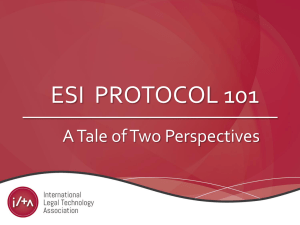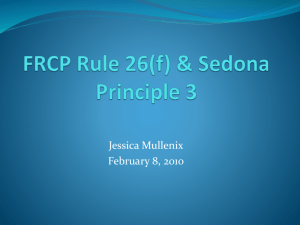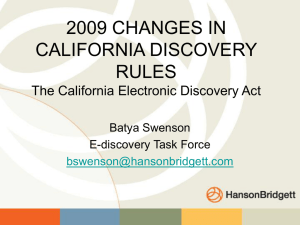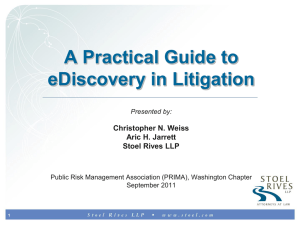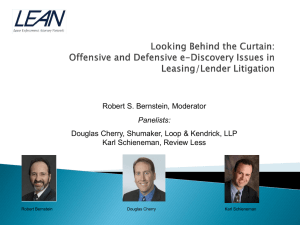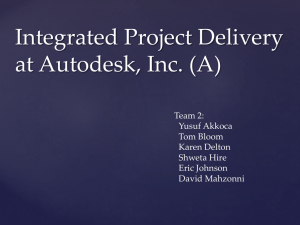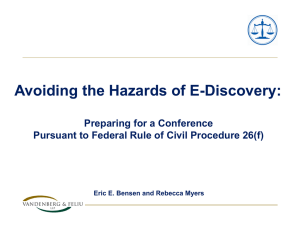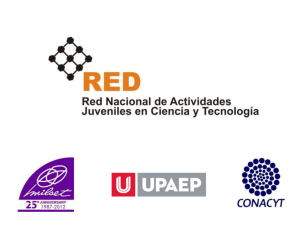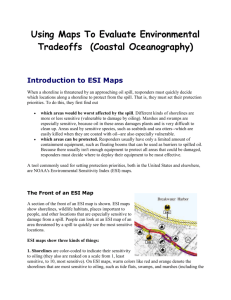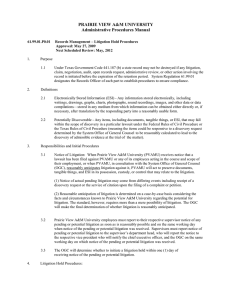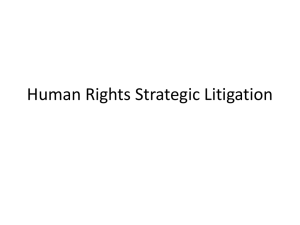COORDINATING WITH THE US ATTORNEY*S OFFICE
advertisement
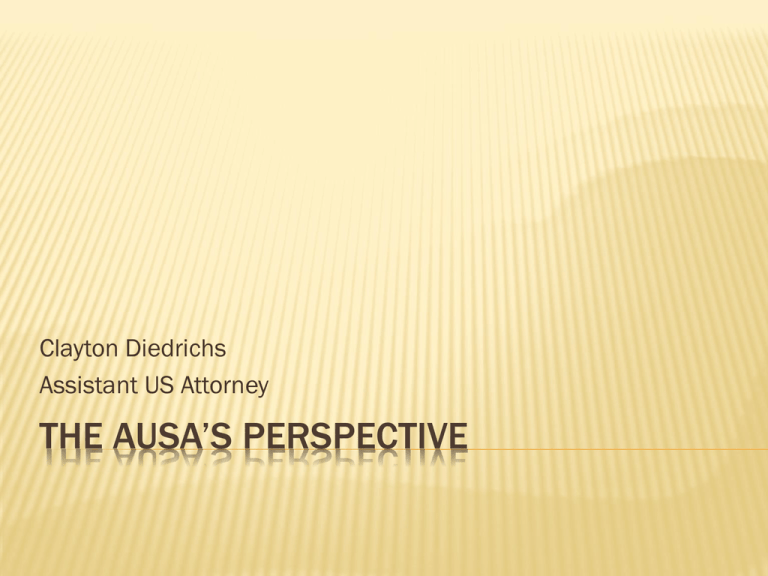
Clayton Diedrichs Assistant US Attorney THE AUSA’S PERSPECTIVE OUTLINE Litigation Reports Communicating The Claimant Interview Electronic Discovery Questions LITIGATION REPORTS Minimum Contents Short Summary of Events Claims History Witness List Draft Answer Unique Issues Attachments Medical Records Letters to/from Plaintiff’s Counsel Final Denial/Offer LITIGATION REPORTS Factual Summary Short statement of events and Plaintiff’s allegations The more information the better, but at least the bare bones Medical Chronology Assessment of Plaintiff’s allegations Refer to Important Pages of Medical Records Hospital unique definitions or abbreviations LITIGATION REPORTS Claims History Dates Date Claim Accrued Date Claim Filed Date Claim Finally Denied/Final Offer Negotiations Your Insight Plaintiff’s counsel Plaintiff Witnesses Case issues LITIGATION REPORTS Witness List Complete List Status: Govt Employee; K’r; Resident Witnesses’ Involvement Current Location Can’t Find them: let us know what was done because the Court ask Let the Witnesses Know We Will Be Calling FRCP 26(a) - Initial Disclosures at Front End LITIGATION REPORTS Draft Answer We do use it General Denials Judicial Admissions LITIGATION REPORTS Unique Issues Inadvertent QA Disclosures Uncommon Privileges e.g. the Deliberative Process Privilege Witness is going to Iraq in 2 months Plaintiff is Terminal Hospital SOP’s or Regulations LITIGATION REPORTS Attachments Medical Records– This is where the $$ is. Entire Record--AUSA will decide what they need Every page, film, picture, tracing, lab, scan, etc. PAD; Risk Management; Convenience File; Doctor’s Personal Files; Each Clinic Involved CHCS Every Scrap of paper: Appointment logs; birth logs; Surg Logs; etc LITIGATION REPORTS Attachments Correspondence Offers and Counter Offers Final Denial or Final Offer Contracts COMMUNICATING Rhythm of a Case Hear from us early Long periods with no communications Hear from us more than you ever wanted CLAIMANT INTERVIEW Rule 408 of Federal Rules of Evidence Paralegal present You impeachment testimony waives attorney work product Fact memorandum Make sure Plaintiff’s attorney understands it is not for purposes of negotiation or settlement Facts discoverable even in protected documents Observation & Opinion Memorandum Not discoverable ELECTRONIC DISCOVERY Federal Rules of Civil Procedure - R 16 - R 26 - R 34 - R 37 - R 45 (ESI) ESI Duty of Preservation Falls Entirely on Agency Counsel Should commence when claim is filed Continuing duty to Preserve ESI 4 Categories of ESI Electronic E-mail, Communications and Transaction Info voicemail, instant messaging, etc. Electronically Word processing documents, spreadsheets, calendars Computer databases Technical, System created and stored business doc’s scientific, financial, HR databases and other internal Information Metadata, database logs ESI ESI Storage Methods Online Storage: hard drives, network servers, PDA memory chips Near-Line Storage: connected to computer, e.g. disks and tape libraries Offline Storage: Outside the computer network, e.g. Floppies, Flash Drives, CD, DVD, back-up tapes ESI Take an Inventory of Systems Systems that might contain potentially discoverable information General function of each such systems Location of the system Name of the custodian Whether there is routine or automatic deletion of information, and if so, When ESI Duties & Obligations R. 37(f): Preserve potentially relevant evidence once you reasonably anticipate litigation When claim is filed Preserved in “Native” Form Includes Metadata Notify Witnesses, IT personnel, & Records Mngmt Identify & collect routine destruction policies Take possession of or arrange for preservation of potentially relevant material See R/ 26(b)(2)(B): prohibitively expensive or disruptive ESI Duties & Obligations (cont) Ensure routine destruction practices are modified to prevent inadvertent destruction Notify all custodians, IT, & Record Management of case and their obligation to preserve information Periodic reminders Document your actions May need to refresh your recollection on the witness stand ESI Litigation Hold Notifications Directive to information custodians to preserve information Potentially discoverable Ensure auto-deletion is modified Preserved in ”Native” format Sufficiently describe subject matter to be preserved Have them acknowledge receipt of Lit. Hold Letter Notify them when need of Hold no longer exists ESI Subject to R. 26(a)(1)(B) Automatic disclosure Early in litigation Privilege Review information for applicable privilege If privileged, must still preserve ESI Sanctions – R. 37(f) Safe Harbor prevents sanctions when “good faith” operations of electronic system causes information to be lost Limited: doesn’t excuse failure to put in place a timely Litigation Hold Spoliation motion still available to Plaintiff Sanctions allowed under “exceptional circumstances” even when good faith is shown QUESTIONS?
